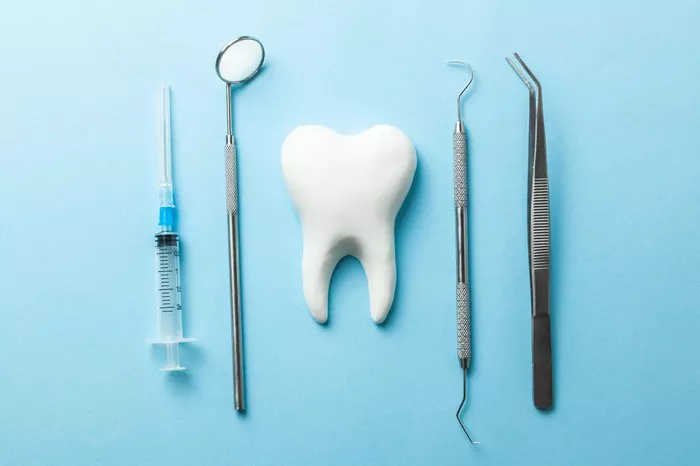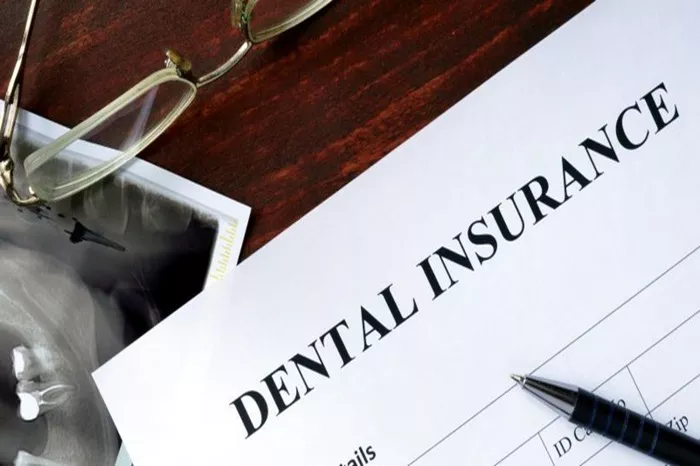Secondary dental insurance is a type of coverage that works alongside primary dental insurance to provide additional financial support for dental care. This form of insurance can help to reduce out-of-pocket expenses and offer greater coverage for a wider range of dental services. In this article, we will explore the concept of secondary dental insurance, how it complements primary insurance, its benefits, and how it fits into overall dental care planning.
How Secondary Dental Insurance Works
Secondary dental insurance comes into play after primary dental insurance has paid its share of the costs. Here is how it generally works:
Coordination of Benefits: Secondary dental insurance often involves coordination of benefits with primary insurance. This means the secondary policy will cover some or all of the remaining costs after the primary insurance has made its payment.
Claim Submission: Typically, the dental provider will submit a claim to the primary insurance first. Once the primary insurance processes the claim and makes a payment, the remaining balance can be submitted to the secondary insurance for further coverage.
Coverage Limits: Each insurance policy has its own set of coverage limits and exclusions. The secondary policy will usually cover costs up to its own limits, which means it might cover additional expenses that the primary insurance did not cover.
Types of Secondary Dental Insurance
Secondary dental insurance can come in various forms, depending on the specific needs and preferences of the insured. Here are some common types:
Employer-Sponsored Plans: Many employers offer secondary dental insurance as part of a benefits package. This type of coverage often supplements an employee’s primary dental insurance plan, providing additional financial support for dental care.
Individual Policies: Individuals can purchase secondary dental insurance policies separately from their primary dental insurance. These policies can be tailored to cover specific needs or gaps in the primary coverage.
Family Plans: Secondary dental insurance can also be purchased as part of a family plan, which provides coverage for all family members. This can be particularly useful for families with multiple members who need dental care.
Benefits of Secondary Dental Insurance
Having secondary dental insurance can offer several advantages, including:
Reduced Out-of-Pocket Costs: Secondary dental insurance helps to cover the costs that primary insurance does not, reducing the amount of money individuals need to pay out of pocket for dental services.
Increased Coverage: With secondary dental insurance, individuals can access a broader range of dental services and treatments that might not be fully covered by their primary policy.
Enhanced Financial Protection: Secondary dental insurance provides an additional layer of financial protection, which can be especially valuable for those who require extensive or specialized dental care.
Flexibility in Choosing Providers: Depending on the policy, secondary dental insurance may offer more flexibility in choosing dental care providers or accessing specialist treatments.
How to Choose the Right Secondary Dental Insurance
Choosing the right secondary dental insurance involves several factors:
Assess Your Needs: Determine the specific dental needs of you and your family. Consider the types of treatments and services you are likely to require and whether the secondary insurance covers those needs.
Compare Plans: Compare different secondary dental insurance plans to find one that offers the best coverage for your needs. Look at factors such as coverage limits, premiums, co-pays, and network of providers.
Understand Coordination of Benefits: Make sure you understand how the secondary insurance will coordinate with your primary insurance. Review the policy details to ensure that it provides the coverage you expect.
Check for Exclusions and Limitations: Be aware of any exclusions or limitations in the secondary dental insurance policy. Ensure that the policy aligns with your expectations and needs.
See Also: What Is Supplemental Dental Insurance
Integrating Secondary Dental Insurance with Primary Coverage
Integrating secondary dental insurance with primary coverage requires careful planning and coordination. Here are some steps to effectively manage both types of insurance:
Review Coverage Details: Understand the coverage details of both your primary and secondary dental insurance policies. Knowing what each policy covers will help you make informed decisions about your dental care.
Coordinate with Providers: Work with your dental care providers to ensure that they are aware of both your primary and secondary insurance coverage. This will help in accurate claim submission and reimbursement.
Track Claims and Payments: Keep track of claims submitted to both primary and secondary insurance. This will help you monitor the payment process and ensure that all eligible expenses are covered.
Seek Assistance: If you have questions or need assistance with coordinating benefits, contact your insurance providers or a dental insurance specialist for guidance.
Conclusion
Secondary dental insurance plays a crucial role in providing additional financial support for dental care. It works in conjunction with primary dental insurance to reduce out-of-pocket expenses, increase coverage, and offer enhanced financial protection. By understanding how secondary dental insurance works, its benefits, and how to choose the right plan, individuals can make informed decisions about their dental care and ensure they have the coverage they need.
Choosing the right secondary dental insurance and effectively integrating it with primary coverage requires careful consideration and planning. With the right approach, individuals can enjoy greater peace of mind and access to comprehensive dental care.
FAQs
1. What is a dual dental?
If you are covered under two different dental insurance plans, then you have dual dental coverage. Dual dental coverage typically occurs when you have two jobs that each provide dental benefits, or you are covered by your spouse’s dental plan in addition to your own.
2. Who offers the best dental insurance?
Best Overall and Best for Braces, Implants, and Older Adults: Delta Dental.
Best Overall Cost-to-Value: Physicians Mutual.
Best for No Annual Maximum: MetLife.
Best for No Waiting Period: Anthem BCBS.
Best for Customer Satisfaction: DentaQuest.
Best Premiums: Spirit.
3. How much do most people pay for dental insurance?
The premium is a monthly amount that you and/or your employer pays for insurance. The premium amount may vary between different insurance companies and from plan to plan. A typical premium amount for a dental plan may be $20–$50 per month for an individual or $50–$150 per month for a family.
4. What is the most common form of dental insurance?
According to the National Association of Dental Plans, Dental PPO plans are the most predominant type of plan in the U.S. market; 82 percent of all dental policies are PPOs.






















